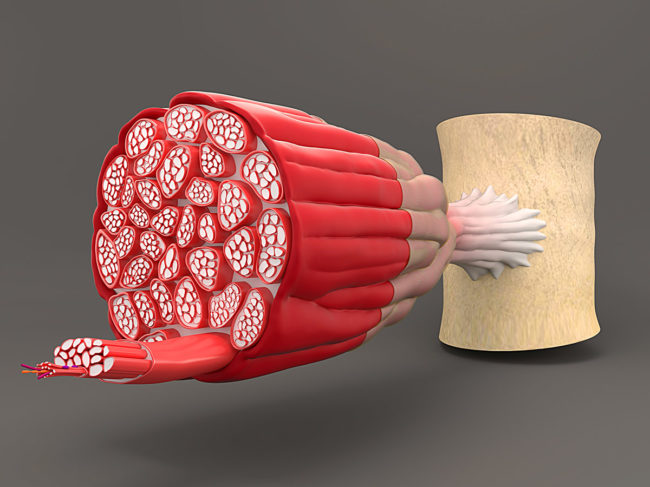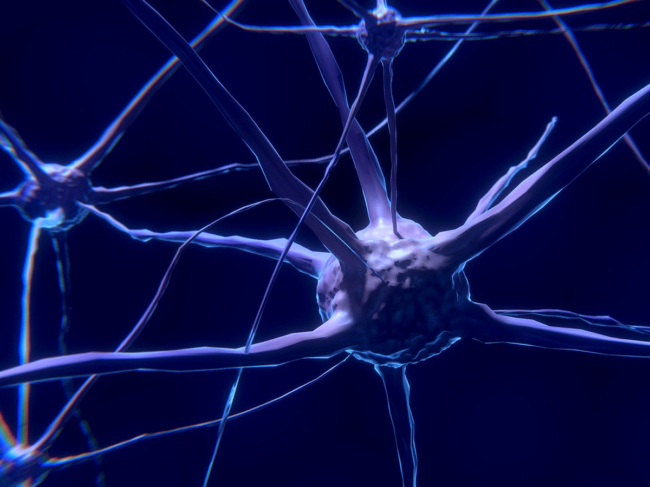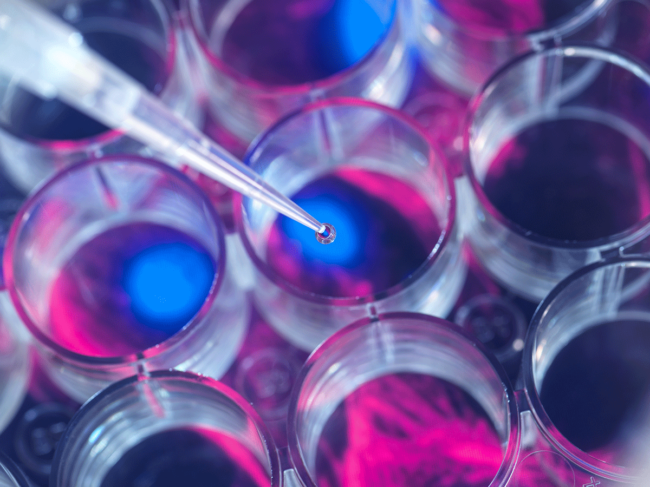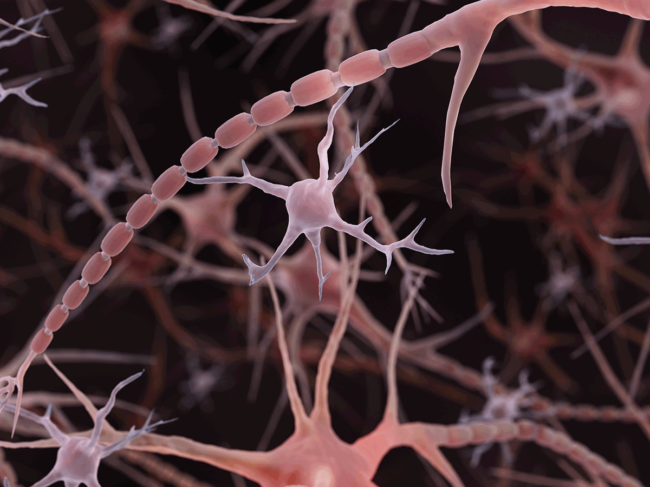
Neurology/psychiatric, BioWorld Science
Neurology/psychiatric
University of Copenhagen discovers new PSD-95 inhibitors for neuropathic pain
Read MoreNeurology/psychiatric
Korea Institute of Science and Technology discovers new diosgenin derivatives
Read MoreNeurology/psychiatric




